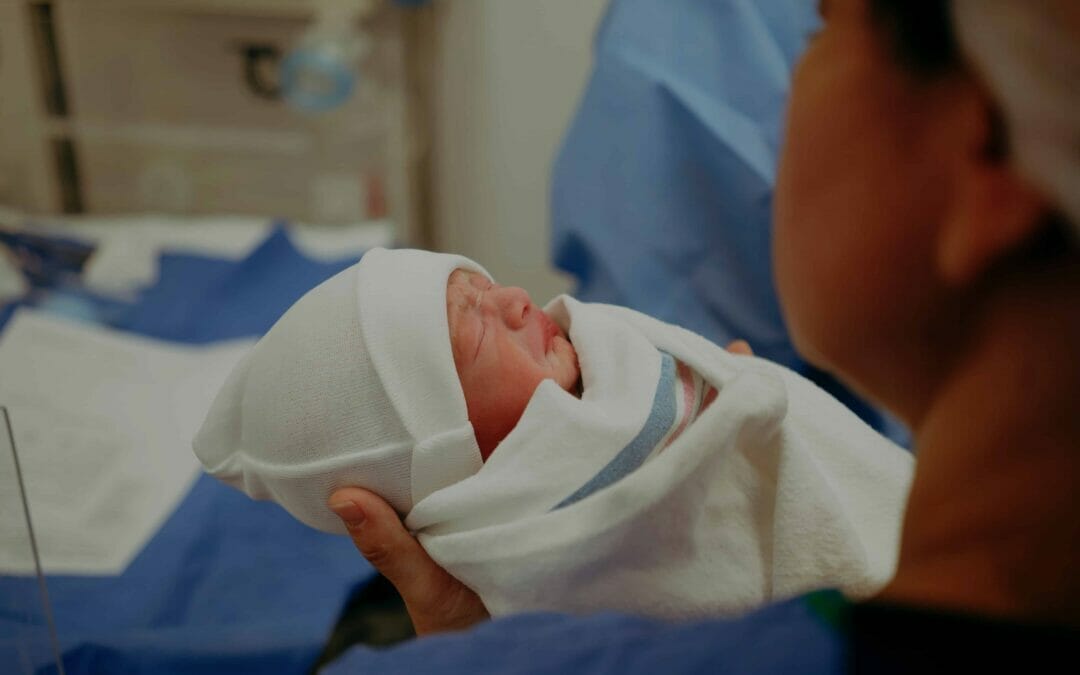Whether you know you are having a boy, or just know you have a 50% chance of delivering one, then chances are that you and your partner have discusses whether your baby boy will be circumcised. For many parents, deciding whether to circumcise or not can be very difficult, but the more you know about circumcision, the better informed your decision will be.
Circumcision Explained
When your baby boy is born, he will have a covering of skin over the end of his penis, which is referred to as the foreskin. Circumcision is a procedure that removes the foreskin, so that the end of the penis is exposed. Usually this procedure is performed when the baby less than two or three weeks old.
Deciding On Circumcision
Studies have not found enough medical evidence to support circumcision or to not support it. Essentially circumcision is not something that your son needs or doesn’t need, and the decision is entirely yours. Likely your decision will be affected by your religious belief, culture or concerns about hygiene.
Approximately 65% of newborn babies born in the United States are circumcised each year, while in Asia, South and Central America as well as the majority of Europe these numbers are much lower.
Before you decide whether or not your baby boy should be circumcised make sure you thoroughly understand the risks and benefits of the procedure.
The Procedure
Generally a circumcision will occur before you and your baby are released from the hospital, and it only takes about 5 or 10 minutes. A special chair is used to restrain your baby gently, and local anesthesia is given to numb the area. Then a device is used to hold the foreskin away from the penis, so that the other parts of the penis are protected. The doctor then cuts away the foreskin and puts antibacterial ointment on the penis.
When Should Baby Have A Circumcision?
Your baby can have a circumcision within his first few days, but depending on the doctor you may have to wait two or three weeks as a precaution.
Pain Management
It is recommended that some kind of pain relief measures be used during a circumcision, so discuss this with your doctor before the procedure. Pain control methods can include a local anesthesia such as a topical cream or an injection into the skin around the shaft of the penis. Parents can provide distraction with a sugar dipped pacifier and soothing voices.
Benefits Of Circumcision
While the potential benefits of circumcision are not enough to have it recommended as a routine procedure on all newborns, as a new parent you may want to consider what medical benefits a circumcision may possibly offer:
-
Prevention of urinary tract infection
-
Prevention of penile cancer as adult
-
Possible reduced risk of sexually transmitted disease
Risks Of Circumcision
There are minimal risks associated with circumcision, and include risk of infection , irritation or bleeding. Any irritation is usually due to the penis rubbing against the baby’s diaper, or being exposed to the ammonia in urine. Applying petroleum jelly usually helps to relieve irritation.
Very rarely too much skin is taken from the penis, which can result in painful erections when an adult. Those who oppose circumcision argue that removing the foreskin and exposing the glans (end of the penis) will lead to reduced sensitivity during intercourse.
When To Call The Doctor
You should contact your doctor if any of the following symptoms occur after the circumcision:
-
Bleeding that doesn’t taper off
-
Redness around the end of the penis that persists or gets worse after the first three days
-
Fever
-
Indications that area is infected, such as pus blisters or yellow discharge
-
Failure to urinate normally by 6 to 8 hours after procedure
-
Plastibell (used during procedure) does not dislodge after 10 – 12 hours
Situations Where Circumcision Not Recommended
If any of the following apply you may want to hold off on the circumcision or not have it performed at all:
-
Baby is premature, not medically stable or has a suppressed immune system
-
Baby has abnormalities of the penis that will require surgery to correct, in which case the foreskin may be needed as part of the operation

